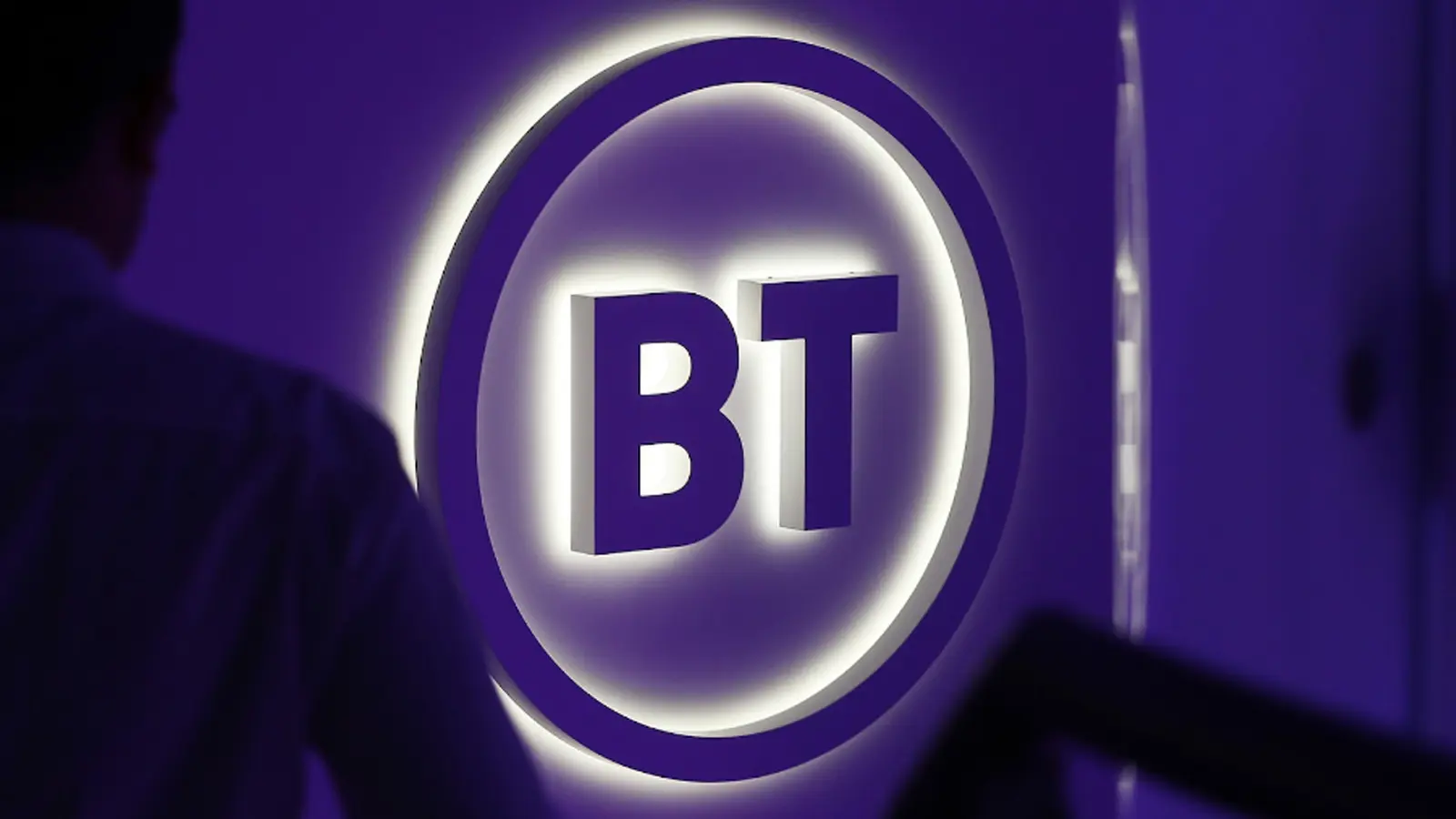
Date published
14 Sept 2023
Author
Iceotope
Categories
In pursuit of its commitment to becoming a net zero business by the end of March 2031, BT Group today announced that it is trialling several ‘liquid cooling’ technologies that could substantially improve energy consumption and efficiency metrics in its networks and IT infrastructure.
An industry first, BT Group will trial ‘precision liquid cooled’ network switches using a solution provided by Iceotope and Juniper Networks® QFX Series Switches, which are widely used in existing network cloud architectures. Ahead of the trial, they have together demonstrated a replica ‘set-up’ using an HP x86 server at BT’s Sustainability Festival. The demonstration showed how power used to cool a network switch typically deployed in a data centre could be significantly reduced.
All electronic and electrical systems generate heat during operation that must be dissipated to maintain working capability. Like most large data centres, network and IT equipment across BT Group’s estate is currently cooled using air-based systems. As network capacity and demands increase, next generation IT and network hardware will have to work harder and will become hotter. Consequently, the power needed to cool them will increase, driving up energy consumption and operational cost.
BT Group is therefore exploring numerous alternative cooling techniques and in addition to its trial with Iceotope and Juniper, the company will trial the following liquid cooling systems, which were also demonstrated at BT Group’s Sustainability Festival.
- Precision Liquid Cooled networking servers and data centre equipment, with Iceotope and Juniper
- Full immersion of networking servers in an immersion tank, with Immersion4
- Liquid-cooled cold plates of networking equipment in a cooling enclosure, with Nexalus
- Cooling using sprayed-on partial immersion of data centre equipment, with Airsys.
BT Group expects that several different cooling solutions could eventually be deployed, depending on specific location and operational requirements. The trials will aim to establish which solutions are optimal for each scenario, and the extent of potential energy savings.
Typically, these techniques bring several benefits including a 40-50% reduction in power needed to cool systems vs. air cooling, higher equipment density-saving on real estate footprint (and therefore further power usage reductions), and reduced material usage-reducing carbon footprint. Further, rather than heat dissipated into the air, liquid cooling systems can channel exhausted heat to be reused to heat other parts of a building. Liquid cooling enabling equipment can also be deployed in more environmentally challenging environments such as areas with more contaminants i.e., dust, humidity.
Maria Cuevas, Networks Research Director, BT Group said, “As the UK’s largest provider of fixed-line broadband and mobile services in the UK, it isn’t a surprise that over 90% of our overall energy consumption – and nearly 95% of our electricity - comes from our networks. In a world of advancing technology and growing data demands, it’s critical that we continue to innovate for energy efficiency solutions. Liquid cooling for network and IT infrastructure is one part of a much bigger jigsaw but is an area we’re very excited to explore with our technology partners.”
